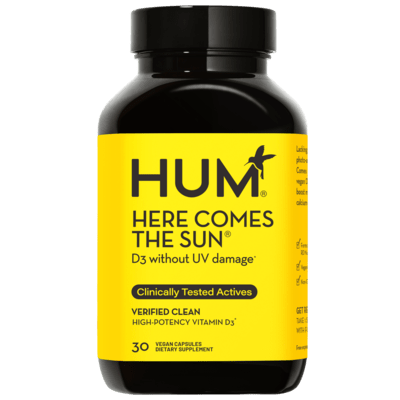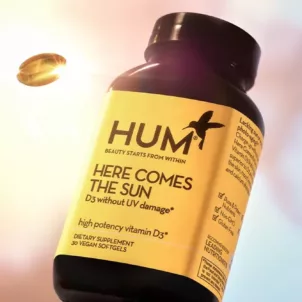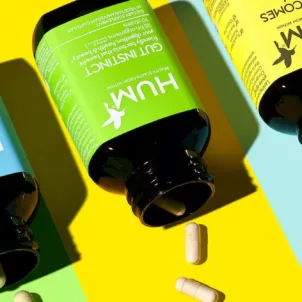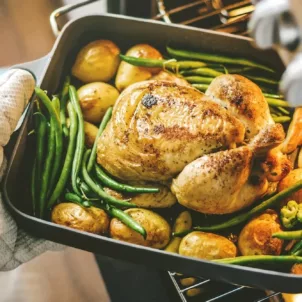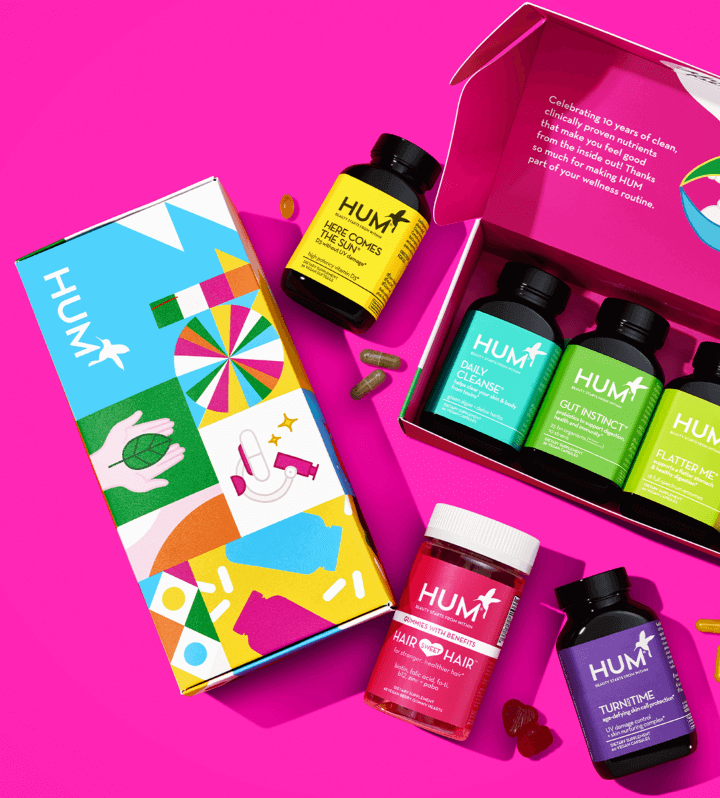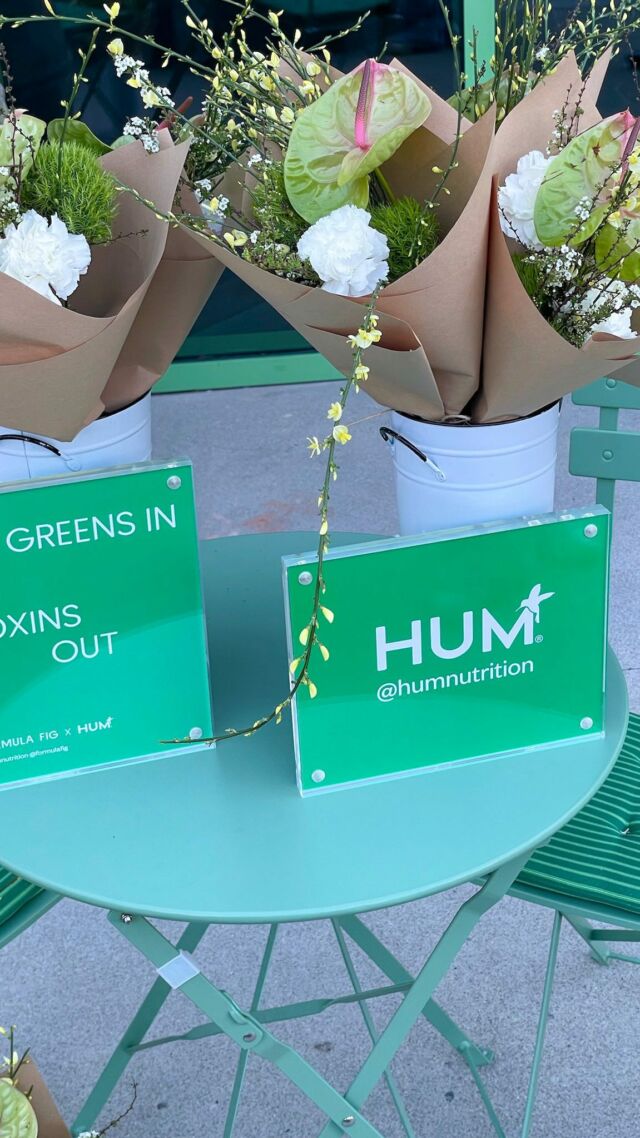THE WELLNEST • Food • Healthy Eating
The 10 Best Foods for Vitamin D to Boost Your Diet
By Gaby Vaca-Flores, RDN, CLE •
January 10, 2020
Need to boost your levels of the ever-important sunshine vitamin? Below, Gaby Vaca-Flores, RDN, lists the 10 best foods for vitamin D.
Vitamin D—aka the sunshine vitamin—is incredibly important for many aspects of human health. However, since vitamin D deficiency is very common, we should look for ways to boost our levels.
Keep reading to learn more about vitamin D, including how much you need and the top 10 vitamin D foods and drinks.




Why Vitamin D Is Important
Most notably, vitamin D plays a powerful role in the development and functioning of our bones by regulating calcium absorption. Further, it helps with several other body functions and processes including but not limited to:- muscle health
- immunity
- mental health
- hormonal health
- a lack of sunlight exposure
- an unbalanced diet

How Much Vitamin D Do I Need?
The Institute of Medicine’s Food and Nutrition Board (FNB) recommends a daily intake of 400 to 800 IUs of vitamin D to maintain bone health and normal calcium metabolism. However, this value can vary depending on your:- health status
- age
- gender
- geographic location
The 10 Best Foods for Vitamin D
Now, for the main attraction: What foods have high vitamin D content? The following vitamin D foods list includes the top 10 dietary staples that pack the sunshine vitamin to boost your overall health. Note: The following serving sizes, % Daily Values, and International Units (IU) are all pulled from the National Institutes of Health.1. Cod liver oil
- Serving size: 1 tbsp
- % Daily Value: 340
- IUs per serving: 1,360
2. Swordfish
- Serving size: 3 oz
- % Daily Value: 142
- IUs per serving: 566
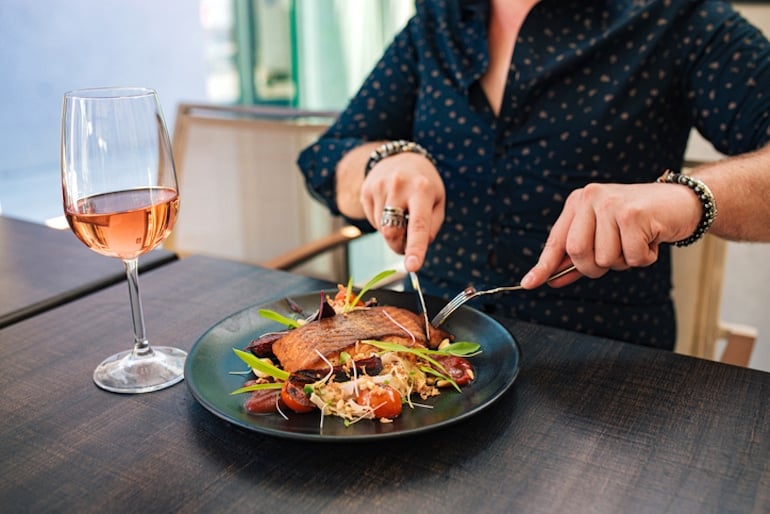
3. Salmon
- Serving size: 3 oz
- % Daily Value: 112
- IUs per serving: 447
- omega-3s
- vitamin B12
- selenium
4. Tuna
- Serving size: 3 oz
- % Daily Value: 39
- IUs per serving: 154
- healthy blood pressure
- immune health
- vision
- strong bones
5. Orange Juice
- Serving size: 1 cup
- % Daily Value: 34
- IUs per serving: 137
- folate
- vitamin C
- potassium
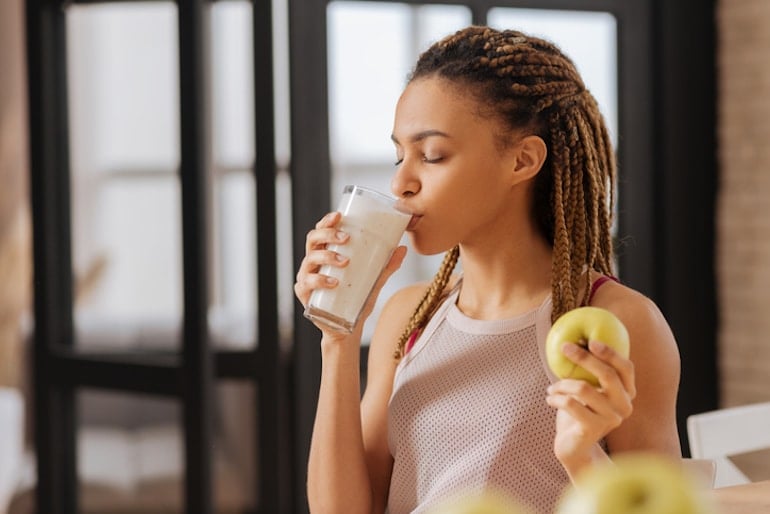
6. Milk + Yogurt
- Serving size: 1 cup
- % Daily Value: 29-31
- IUs per serving: 115-124
7. Margarine
- Serving size: 1 tbsp
- % Daily Value: 15
- IUs per serving: 60
8. Eggs
- Serving size: 1 large egg
- % Daily Value: 10
- IUs per serving: 41
- vitamin A
- riboflavin (vitamin B2)
- pantothenic acid (vitamin B5)
- vitamin B12
- folate
- selenium
- phosphorus
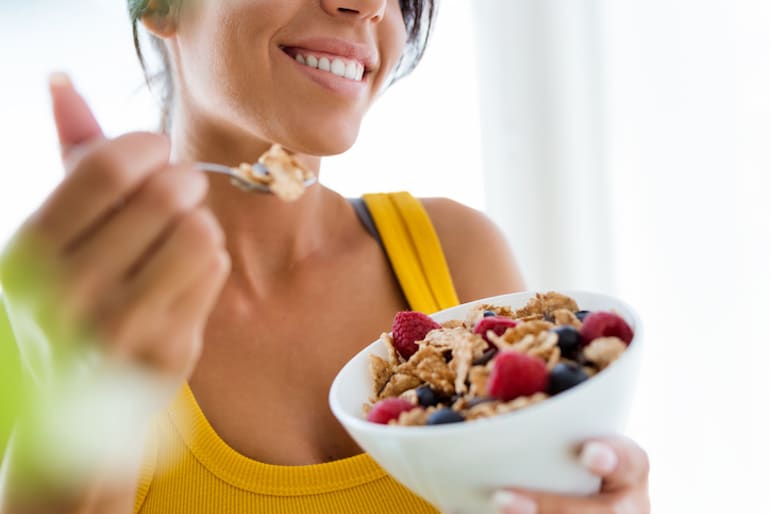
9. Fortified Cereal
- Serving size: ¾-1 cup
- % Daily Value: 10
- IUs per serving: 40
10. Swiss Cheese
- Serving size: 1 oz
- % Daily Value: 2
- IUs per serving: 6
Final Thoughts
In sum, we always recommend aiming to get your recommended daily dose of nutrients primarily through your diet. Fortunately, there’s a decent chance that you already eat some of the best foods for vitamin D including in this list. However, if you don’t favor these foods high in vitamin D—or if your levels still fall short—you can always opt for a vitamin D supplement like HUM’s vegan D3, Here Comes the Sun.More like this
